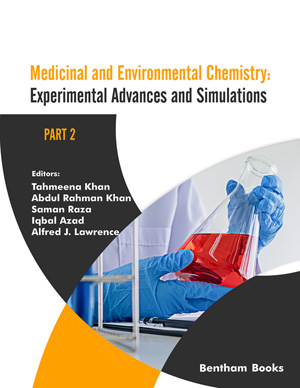Abstract
Chronic obstructive lung diseases, including asthma and chronic obstructive pulmonary disease (COPD), are causing an extreme burden on societal health, affecting above 500 million people worldwide and affecting lung physiology at a multibiological level. The increasing burden of air pollution is a major contributing factor to the disease, other than smoking and living conditions. Over the years, several studies have been undertaken to understand lung function, airflow mechanisms, and impairment for better therapies and therapeutic interventions. Still, it is very unlikely to predict the morbidity and mortality associated with COPD due to limitations of early and timely prediction and progression which calls for personalized treatment interventions to avert exacerbation and refractory symptoms. This chapter presents an overview of the status of COPD worldwide with a special emphasis on Indian statistics, along with the drug and pharmacological advancement, and computational medicinal modelling, its applications, and limitations. Though experimental models may predict the prerequisites for the system medicine approach, they are unable to analyse the finer details, calling for more advanced molecular technologies. A computational model of system medicine mimics the functioning of a complex system and can predict future functioning as well. Working with large data sets, computational models may have greater benefits to minimize patient risk and assist in clinical decision-making.
Keywords: Chemistry, COPD, Environment, Lung, Modelling, Pharmaceutical, Pollution.
















